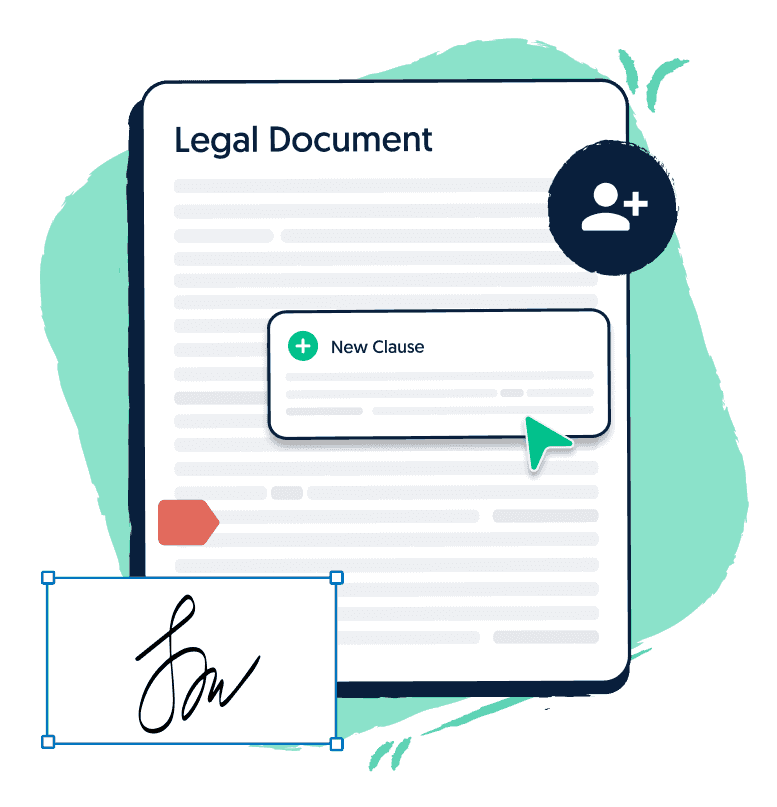As an employer, in addition to paying your employees correctly, you’re also required to make sure their payments are correctly recorded by giving payslips to employees, and while the payment arrangements are generally outlined in employment agreements, the big question remains:
Is to illegal to not provide a payslip to an employee? In this article, we’ll have outlined your legal obligations regarding providing payslips to employees, when you’re required to provide payslips, how to create payslips and more!
Read along.
Table of Contents
When should a payslip be issued to an employee?
There are a number of employer obligations you must fulfil in relation to your employees as an employer. Section 536 of the Fair Work Act 2009 states that one of the primary obligations you have is that you’re required to issue employee payslips within one day of payment and make them easily accessible to your employees.
It’s important to note that you’re still required to provide a payslip to an employee who’s on leave.
You can provide your employees with hard copy payslips, or you can issue electronic pay slips online or through email. The information contained in electronic pay slips must match that on hard copy pay slips. Regardless of the format, it is a legal requirement that you provide your employees with payslips.
Want more?
Sign up for our newsletter and be the first to find hand-picked articles on topics that we believe are crucial to successfully scale your unique small business.
By clicking on 'Sign up to our newsletter' you are agreeing to the Lawpath Terms & Conditions
What should the payslip include?
A payslip must include the following information:
- The amount of money being paid, including the gross pay (before tax) and the net amount (after tax)
- The date of payment
- The pay period relating to the amount paid
- Loading( such as casual loading) if applicable
- Bonuses
- Penalty rate entitlements
- Allowances
- Paid entitlements ( such as
- Payments based on incentives
- Deductions that have been made to the employee’s pay
- Superannuation contributions that have been made to benefit the employee, including the name of the superannuation fund and the amount contributed
- The employer’s name
- The employer’s Australian Business Number(ABN), if they have one
- The employee’s name
- If the employee is paid at an hourly rate, the following information must be included:
- The hourly rate of pay
- The number of hours that were worked at that hourly rate during the pay period
- The amount of pay being provided for that during the pay period
You can also include how much annual leave your employee has on their payslip, but this is not a requirement. However, if an employee requests information regarding their leave balances, you must provide it.
Emailing payslips to employees
One of the easiest ways to provide payslips to employees is through email. Over time, emailing electronic payslips has become more common. There are many benefits to emailing electronic payslips, including the following:
- Emailing electronic payslips is more environmentally friendly because it eliminates the need for paper to be used
- It is easier and more convenient to email payslips than to provide hard copies, especially during a time when a large number of employees are working remotely
- When payslips are emailed, employees are provided with the option to electronically store their payslips
- Emailing payslips increases privacy and security as electronic payslips are less likely to be accessed by unauthorised parties
Emailing payslips is also made easy through accounting software you can use, such as Xero.
How to create payslips for employees
Creating a payslip to give to employees isn’t difficult. You just need to ensure that you include all the legally required information that was outlined earlier in the article. Furthermore, there are many payslip templates that are available for you to use.
For example, you can use the payslip template provided by the Australian Government’s Fair Work Ombudsman, MYOB’s small business payslip template or Xero’s payslip template.
What responsibilities do employees have?
Each employee is entitled to a payslip, and to receive their payslips, they must meet their obligations. The primary obligation employees have is that they’re required to provide their employers with all information necessary so that their employers can successfully issue them their payslips. Furthermore, if an employee is not receiving their payslips, it’s their responsibility to notify their employer.
What happens if a payslip isn’t provided?
If you fail to provide your employee with a payslip, you may face legal consequences. If your employee has requested a payslip after you have failed to provide them with one and you fail to provide a payslip they can take further steps against you.
Employees can make a complaint against you to the Fair Work Ombudsman if you fail to provide a payslip. Employers can be fined by the Fair Work Ombudsman’s Fair Work Inspectors through an infringement notice when they completely fail to provide payslips to employees or they don’t provide the payslip to the employee within the first working day of when the employee receives their pay.
How can I rectify errors in the payslip?
You should be aware that it’s illegal to provide employees with payslips that contain misleading or false information. Fair Work Inspectors can fine employers who breach their obligations relating to payslips or record-keeping pursuant through infringement notices pursuant to the Fair Work Regulations 2009 and the Fair Work Act 2009.
Misleading and false payslips can lead to disputes down the line regarding remuneration. The primary breach that an employer can receive an infringement notice for is their failure to provide the correct information in an employee’s payslip.
If you have made an error in your employee’s payslip, you should speak to them directly and openly to notify them that you have made a mistake. This is crucial as it will prevent future problems from arising, and it’ll allow you to fix the error in the payslip you have issued to them.
It’s understandable that mistakes can occur in a busy, fast-paced, and demanding work environment, but it’s very important to deal with problems as soon as they arise. The benefit of addressing issues with payslips as soon as they arise is that it can prevent your employee from taking action against you so you can avoid any fines or penalties.
If you have made an error in issuing a payslip to your employee and need assistance with fixing it, you should hire a lawyer. Alternatively, employees can also hire a lawyer if they need assistance to determine how to proceed if they receive a payslip that contains errors.
What are the fines for breaching pay-slip obligations?
If you have breached a pay-slip obligation, you should be aware that a Fair Work Inspector can issue an infringement notice to you within 12 months of the breach. You will typically be provided with 28 days in which to pay the fine outlined on your notice.
The maximum fine you’ll be required to pay as an individual employer is $1,332 for each offence. Whereas a company will be fined $6,660 for each breach.
However, if your matter is taken to court, the maximum fine you’ll be required to pay due to court orders as an individual employer for a pay-slip breach is $13,320 per breach. Whereas a corporation will be required to pay $66,600 for each pay-slip breach.
Conclusion
To conclude as an employer you’re legally required to provide payslips to employees that contain all the required information.
To make things easier for you, you should check out our employee handbook template. This handbook can be provided to your employees so they are aware of your workplace’s policies and expectations, and it can also contain information about payslips.

Get a free legal document when you sign up to Lawpath
Sign up for one of our legal plans or get started for free today.




